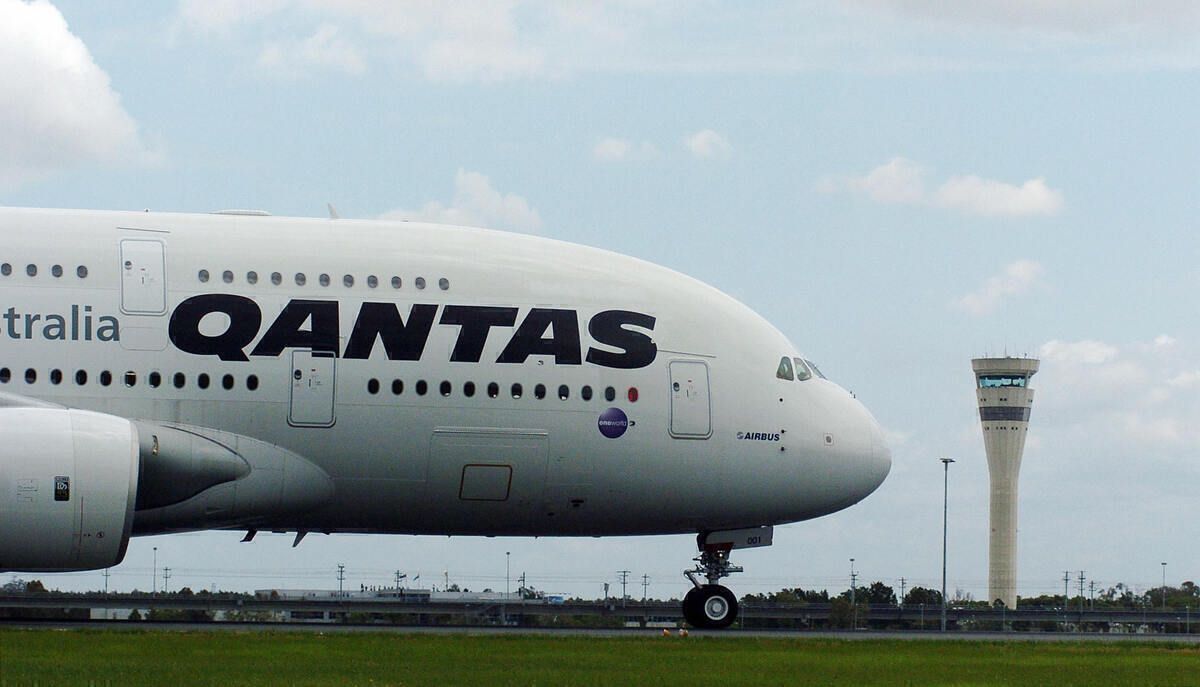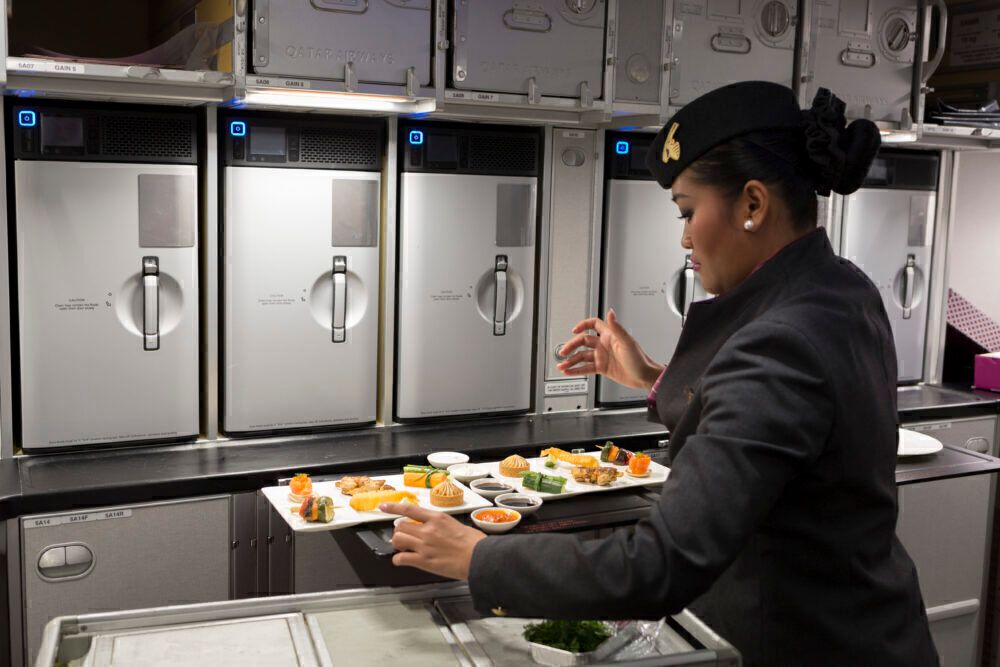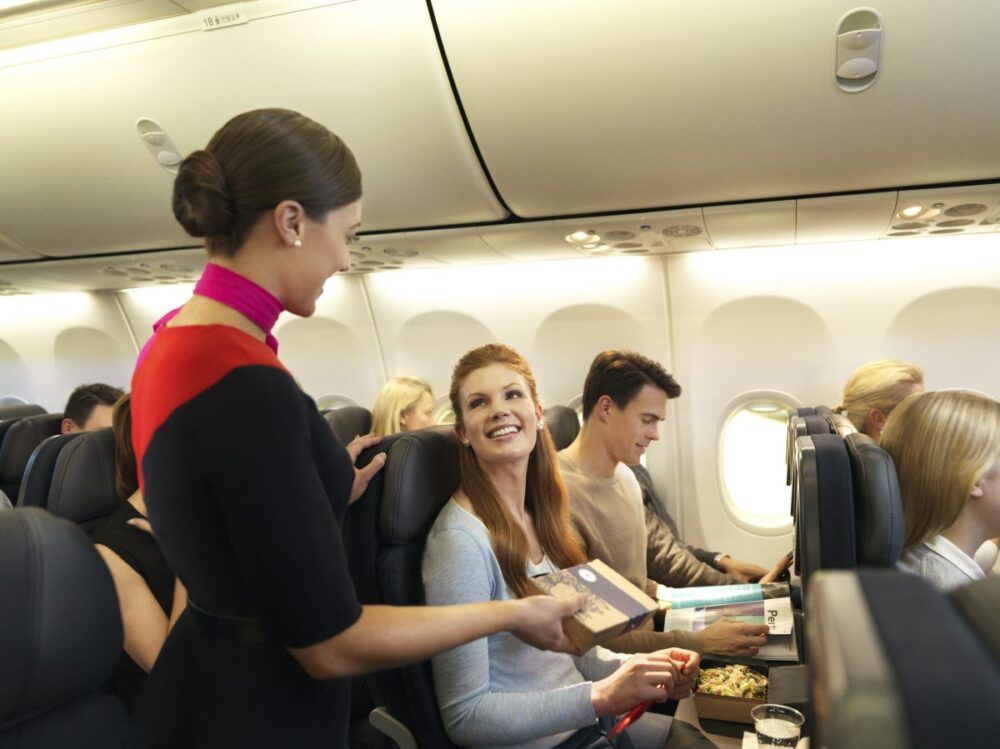As you settle in for a meal on a long-haul flight, do you ever wonder how all that food and equipment makes it onboard? It's a formidable challenge, with items rarely left behind! Let's take a look at how a Qantas crew manage the 44,000 items needed for a typical long-haul flight.
Equipping a long-haul flight
With over 400 passengers onboard, there is a lot of equipment needed for a long flight. It's sometimes hard to get inside the working of an airline and understand what gets loaded and how it's all managed. Qantas has given us an insight into this in a post on Roo Tales in the Qantas News Room. This looks at a typical pre-COVID Airbus A380 flight from Melbourne to Los Angeles (something we're sadly some time from experiencing again).
In total, there are an incredible 44,000 different needed for this almost 12,800-kilometer flight. Just the quantity of food items, cutlery, and crockery needed for three meals for over 400 passengers is enormous. But there is plenty more as well. Don't forget glasses for drink service, tea and coffee supplies, first aid items, and extensive duty-free supplies.
These 44,000 items are split between 440 different stowage locations (known as 'stows' by the crew), with each item having its designated space. This includes 85 carts for meal service.
Dinner at 40,000 feet
While the ground crew ensures all items are loaded and stored, it is the cabin crew that needs to make it all work in the air. Overseeing cabin and meal service for Qantas is the Customer Service Manager (CSM). As the 'host' of a meal for up to 484 passengers, it's quite a responsibility.
In a video on Qantas Roo Tales, CSM Janet Pincheta explains well how the process works onboard. It relies on cabin crew checking all catering supplies before departure and managing a complex preparation between crew well. On a long-haul flight, this can be over 1,000 meals, cooked in up to 20 ovens. And all guided by their 'Galley Guide,' which tells crew how to prepare each meal. It's incredible that they make it look so smooth!
Simple Flying took a more in-depth look at aircraft meals and catering, and what goes into the preparation, both on the ground and in the air.
Stay informed: Sign up for our daily and weekly aviation news digests.
Logistics rather than cooking
As you can imagine from the complexity of getting all the catering and other items onboard, stored and served correctly (and in the packed space of an aircraft cabin), the whole process is much more about logistics than food preparation. Much of the food preparation has been taken care of on the ground. This involves considerations such as the deterioration of taste and smell in a pressurized cabin.
For a more analytical look at the whole process, there was some interesting research carried out by the University of Surrey in the UK. This study looks at the development over time of the supply chain process for inflight catering. Interestingly, it discusses how this has moved to focus more on ensuring timely supply and delivery and minimizing waste (significant issues with 44,000 items per flight). The authors quote the president of catering at KLM explain his view on the whole process as,
"Flight catering is 70% logistics and 30% cooking."
The whole area of flight preparation and logistics is not often written about. We would love to hear any thoughts or examples you know of in the comments.



